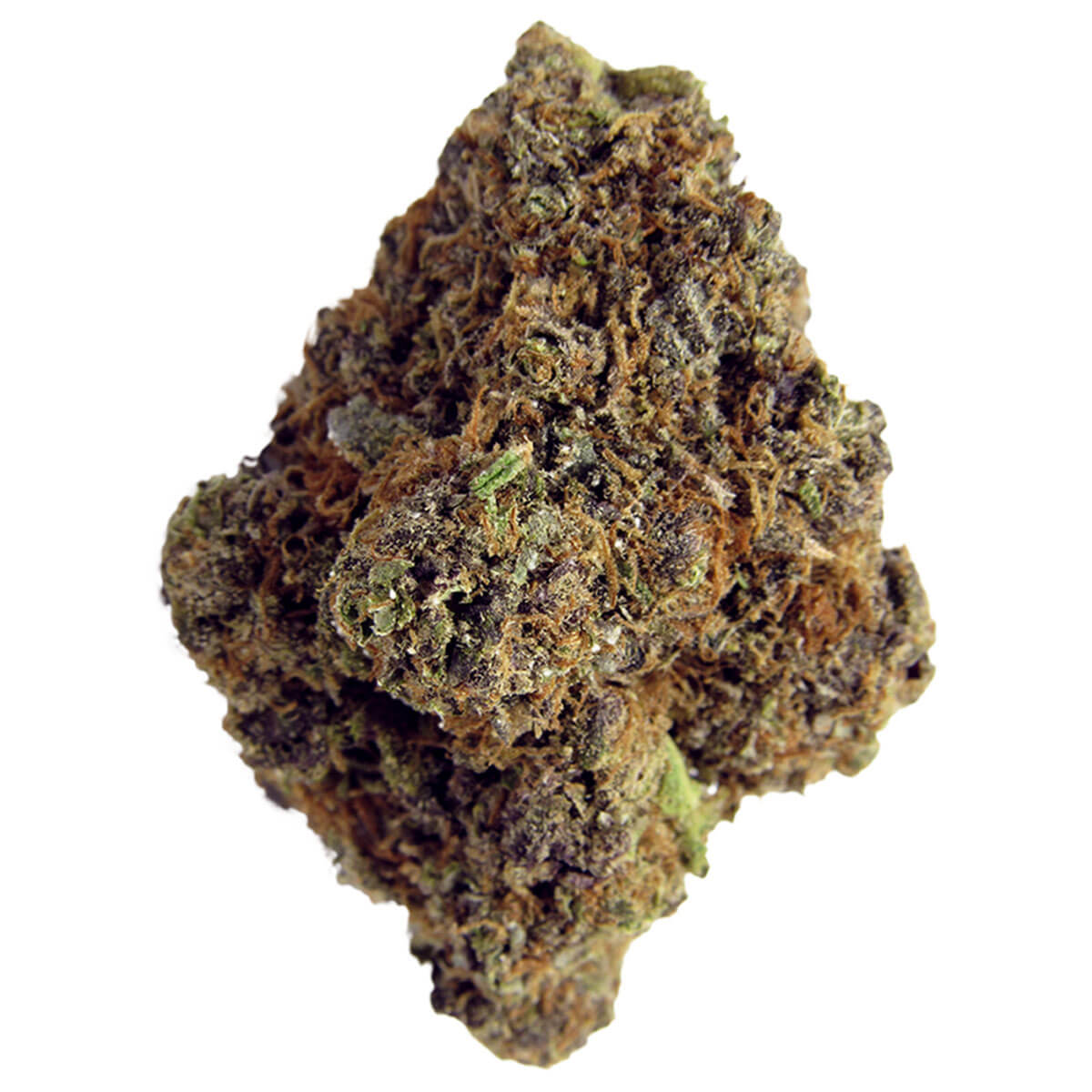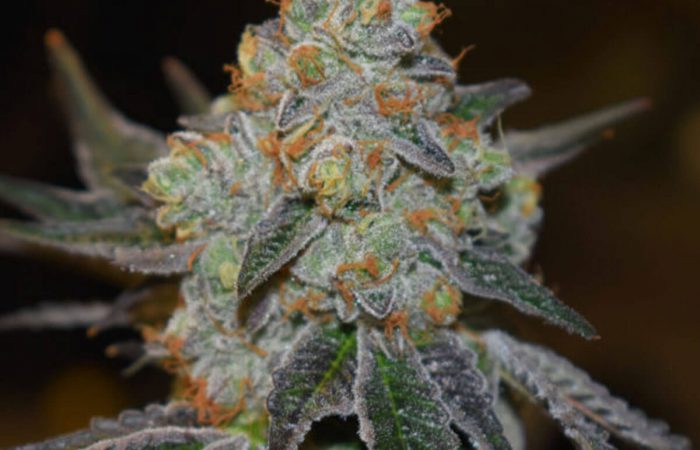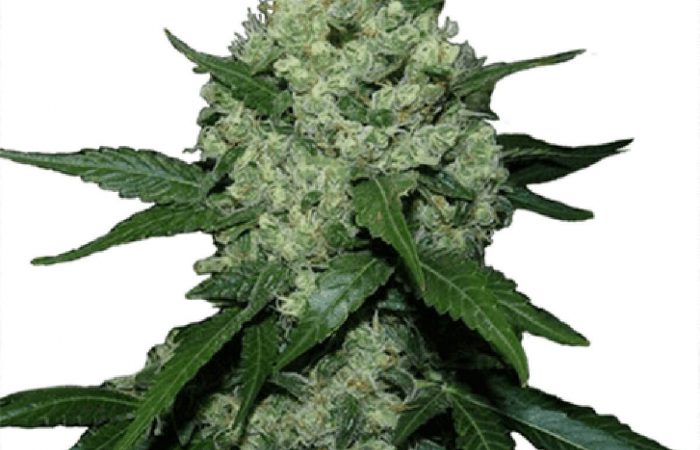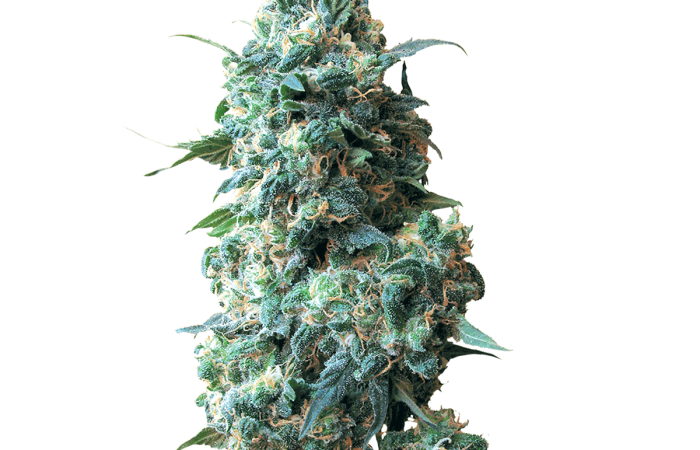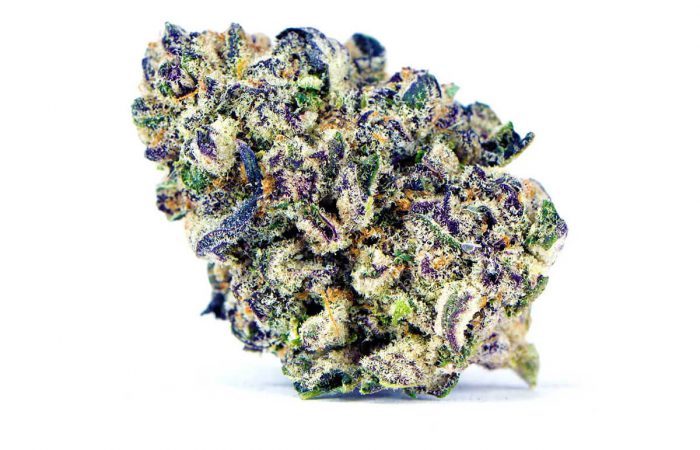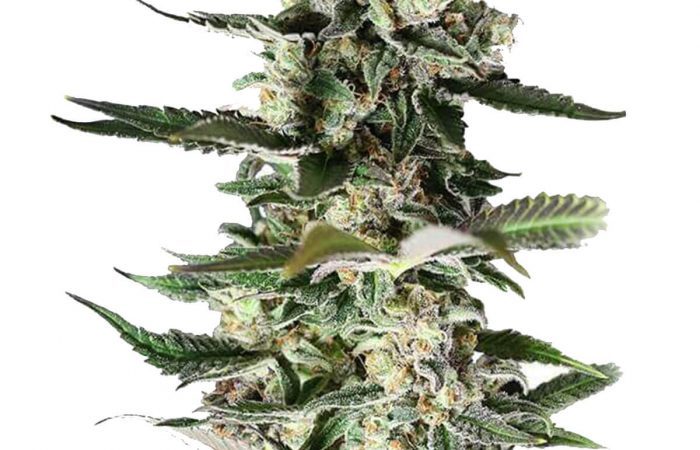As a result of Grape Ape’s superior genetics, both regular and feminized seeds are easy to grow, even for novice gardeners. Most pests and illnesses can’t stand up to this strain. Dense, trichome-coated flowers stick out from dark green fan leaves on this tiny, less than 3-foot-tall plant.
As long as Grape Ape is adequately nourished, the grower has complete freedom to choose the grow medium to utilize. A nutrient-rich, organic soil enhances the flavor and aroma of the buds. Hydroponics, on the other hand, gives plants better access to nutrients and makes nute management easier for cultivators, resulting in rapid growth and larger yields. Hydro setups are also typically cleaner but require a more significant initial investment.
Since Grape Ape finishes budding indoors within 6 to 8 weeks, it is a faster-flowering strain than other Indicas, which typically take 8 or 10 weeks. Outdoors, harvest can begin as early as the first week of October for crops grown in the northern hemisphere.
Small in size and bushy in nature, Grape Ape can thrive in practically any environment with reasonable conditions, including indoors. The Sea of Green (SOG) approach is best used in limited spaces. Set up multiple plants 30 cm (1 foot) apart, focusing the lights on the ocean of weeds. This set-up reduces the number of grow lamps required, lowering electricity cost and heat. With adequate care and maintenance in this arrangement, this strain may produce 350 to 500 grams of sticky bud per square meter.
Grape Ape has a low risk of disease and pest infestation, but mold and mildew can still attack in very humid environments. Proper ventilation and air movement are essential to preventing these issues. It’s also necessary to trim and prune frequently since the plants are so close together. In addition, adding a few oscillating fans promotes air circulation, expelling wet, heavy air. The temperature should be kept between 21 and 26 degrees Celsius (70 and 80 degrees Fahrenheit), and the relative humidity around 40 and 50%.
Grape Ape can withstand adverse conditions owing to its innate resistance and hardiness, which simplifies the entire cultivation process. However, a sunny and dry Mediterranean-like environment is essential for a successful outdoor harvest. All nutritional requirements must also be satisfied to obtain a spectacular yield of around 500 grams (18 ounces) per plant.
